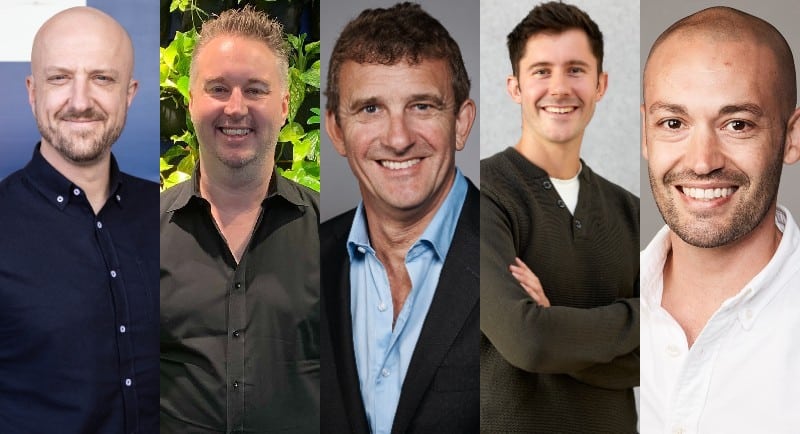January 30 is Australia’s biggest night of TV with the premiere of Nine’s Married At First Sight, Seven’s reboot of Australian Idol and 10’s Australian Survivor.
While it marks the start of the race for the top-rating show and network, it’s also a big night for media buyers looking to get the biggest reach they can.
Mediaweek spoke to media buyers from independent and holding company agencies to get their thoughts on Q1’s biggest premiere night.
Standouts of the January 30 line-up
Over the summer, Nine, Seven and 10 have revealed promising teaser trailers of their respective shows. For Paul Wilkinson, head of commercial at Half Dome, the start of the ‘ratings season’ is a significant moment in the TV calendar that sets up each network’s year ahead.
“Get it right, and the halo effect can be immensely powerful. Get it wrong, and the knock-on effect could leave networks chasing their tails for months.”
Wilkinson noted that this year is no different, with each network presenting tried and tested formats to viewers.
“Each show has pros and cons, but the thread that joins them is that each has a loyal following. The challenge will be to maintain the existing engagement – or, in the case of Australian Idol, reconnect – with viewers and build momentum in an environment of ever-fragmenting audiences,” Wilkinson said.
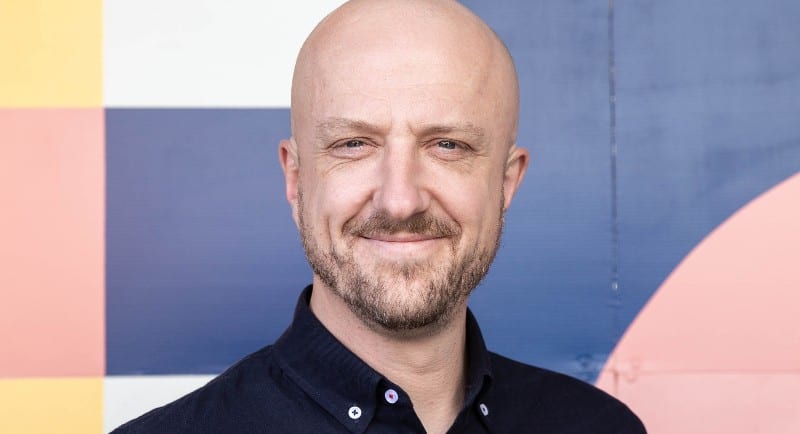
Paul Wilkinson
Craig Cooper, chief investment officer from Carat, pointed out each network’s heavy reliance on local reality franchises.
“Given successes in this genre over the past few years, the content will be well-received by Australian audiences,” he said.
Cooper added: “Whilst January 30 is the perfect date for a new tentpole series to launch, it is disappointing that the networks have chosen to launch competitively against each other on this date. Given the competition for eyeballs outside free-to-air TV, a staggered approach could result in better impact and ratings.”
UM Australia’s head of government partnerships, Simon Grace, said consumers would be happy to see the end of the summer promo overload with the launch of the long-awaited ‘tentpole’ programs for each network.
Grace shared: “Personally, I’m biased being a Survivor fan, but unfortunately, 10’s summer programming hasn’t delivered the excitement of Survivor, unlike Seven who has built up excitement for Australian Idol via its summer of Cricket, and Nine for MAFs via the Australian Open.”

For Seven’s Australian Idol, Grace noted the promos for auditions had followed that winning formula – showing likeable judges and talented contestants contrasted with harsh critiques and tone-deaf singers.
“I’m sure the show will be well supported by viewers, and no doubt audience numbers will flock for the final reveal of our next big music star.”
Looking at MAFS, he said the reality show: “looks to continue the controversy that makes this car-crash TV difficult to look away from, and I believe will continue to drive audience numbers for Nine even against strong competition on rival networks.
“The promos have made it difficult to determine who really signed up for love or joined the cast for their social media status, so viewers will tune in to find out.”
Rob Shaw, group account director at Adholics, noted that what stood out was how the networks continue to do a fantastic job hyping up their shows, particularly those with a history of a decade or more.
“Love them or loathe them – hype tracks. Sex appeal and/or a promise of unexpected and certainly unscripted drama does keep the intrigue there.”
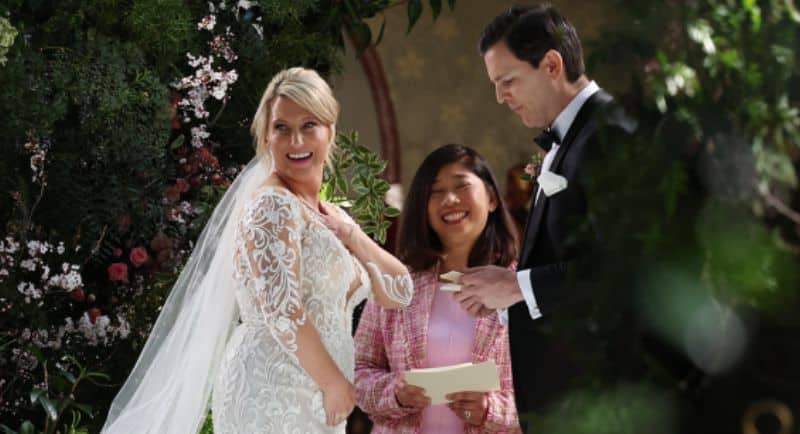
Married At First Sight
Looking at Australian Survivor, Shaw noted that what has impressed him about the Heroes v Villains iteration of the show is the promise of “skulduggery and thrills” compared to Seven and Nine’s offerings.
However, he pointed out that the cast of 24 could be too big. Shaw said: “Twelve villains and twelve heroes may take a while to build familiarity – especially for newer viewers.”
For Nine’s MAFS, he said: “Even in its 10th year, it still intends to be controversial even though we should be used to the format.” He also pointed out that the network has the advantage of having the Australian Open as a strong promotional platform.
While Seven had great success with The Voice, Shaw questioned the return of Idol to screens, adding: “There was a reason Australian Idol was canned 14 years ago – does the Australian population really want it back?”
Shaw pointed out: “Idol’s format in 2023 is also ambitious, with auditions to discover a Top 50 which is culled to 30 then 24.”
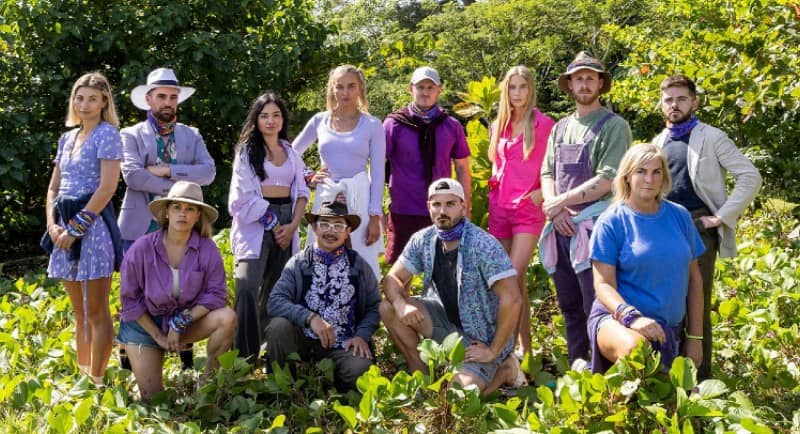
Australian Survivor – Villains
The show’s star power could be a draw card with new judges Kyle Sandilands, Meghan Trainor, Amy Shark and Harry Connick Jr.
But for Shaw, he said: “Time will tell whether Idol will stand up against the thrills of Australian Survivor or the controversy of MAFS (although Kyle Sandilands may offer just as much controversy here).”
Simon Reid, Initiative Australia’s head of partnerships, said Nine nailed the casting again for MAFS and expects it to draw big numbers, with the promo creating plenty of anticipation across the summer.
For Seven, he said the: “re-introduction of Live TV in Australian Idol is a great strategic move from their programming team.”
“In a world where we are accessing content ‘anytime, anywhere’, Live TV is appointment and viewing, and Seven will be hoping this move can secure majority share on the night with fence-sitters,” he added.
Meanwhile, for Australian Survivor, he said the show’s loyal following and the Heroes V Villains theme would give audiences “great viewing”.
Key aspects of TV programs to advertise on
Media buyers have to consider a range of aspects when finding a TV program to advertise on. Wilkinson shared that there are several parts he looks for, depending on how deeply an advertiser wants or needs to engage with a program.
“On a simple ‘spots and dots’ level, these include the number of viewers, the viewer profile – and how it aligns with our target audience, spot cost, cost efficiency, timing and obviously, the suitability of the environment to the campaign messaging.”
Wilkinson noted: “At the heart, the environment is a key factor, along with how the program aligns strategically with the campaign objectives on both a macro and micro level.”
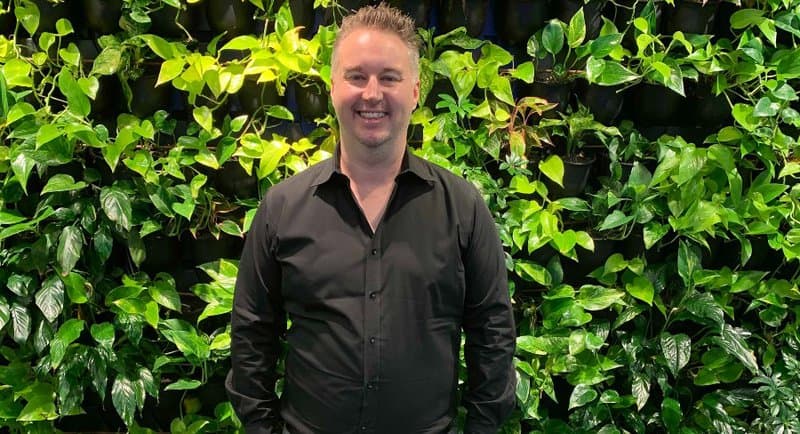
Craig Cooper
For Cooper, historic ratings or partnerships in programme elements and added value are key to evaluating major sponsorships with television programmes.
“But these tend to come with a price premium,” he said. “In the case of spot buys for clients, a mix of efficient and top rating programmes across main and secondary stations will help drive desired reach and frequency for advertising messages.”
Meanwhile, Grace said that Survivor is a winning formula for him. He explained: “With almost half the contestants returning from previous seasons to the screen, it should have viewer loyalty where viewer/contestant relationships were established, both good and bad. I believe it will deliver some of the best ratings 10 will enjoy in 2023.”
“However, each program rates, cost efficiency and brand safety is critical. Along with cost efficiency and brand safety, environmental context can really create impact and multiply the effectiveness of the campaign message, so it is imperative to align spending with client values.”
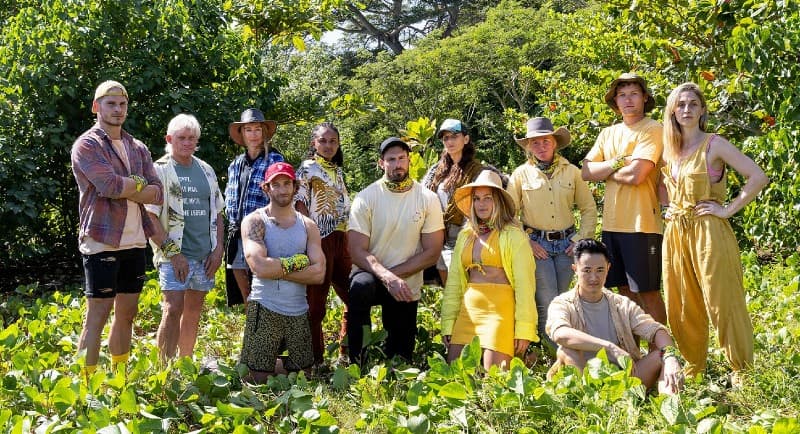
Australian Survivor – Heroes
Shaw said that for Adholics, they look for the core fit, i.e. audience and contextual alignment, rating expectations and sponsorship opportunities that match a brand’s marketing objectives.
“However, we also look to see how it can extend across Social Media to give it broader reach and engagement. Brand safety is also important to advertisers,” he said.
“Why invest significant money only for a judge on Idol to say something that creates viewer backlash and hurts the very brand supporting the show?” Shaw added.
Reid said that at Initiative, it varies from client to client and campaign to campaign.
“Mass-reaching programs that can deliver immediate eyeballs are one thing,” he said. “However, more and more, we need to align to content that resonates with our HVA (High-Value Audiences) as opposed to mass appeal.
“The higher the appeal, the greater the viewer engagement/audience attention, which is more likely to deliver a positive return for advertisers,” Reid added.
The key to getting the best results for clients
Each of the networks’ offerings is different but, as Cooper pointed out earlier, are all local reality franchises.
When leveraging these shows differences to get the best results for clients for Half Dome, Wilkinson said: “This discussion is primarily based on the use case, that is, spots or integration, as well as the specific program itself.
“Ultimately, we must assess each show within the context of individual campaigns, their objectives and how well we believe each will perform and, therefore, impact delivery.”
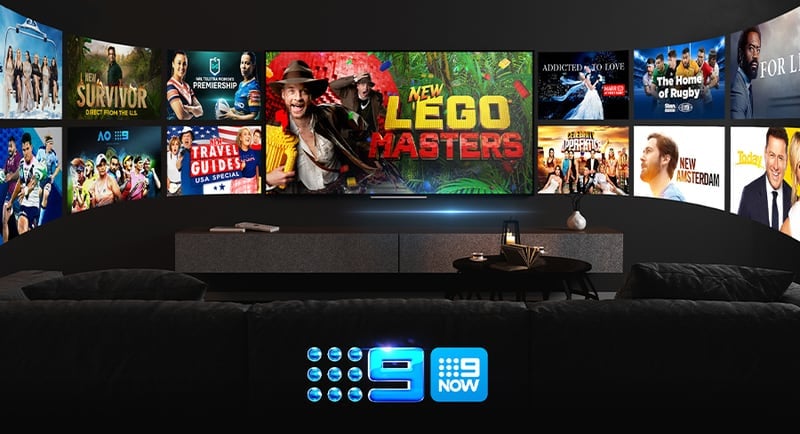
Wilkinson noted that in today’s multi-screen world, a program’s performance across multiple formats needs to be considered as some shows will naturally skew to BVOD formats versus linear, highlighting Love Island as an example.
“We can obviously view within the context of historical quantitative analysis, comparing previous years’ performance, the overall trend – for example, in the case of MAFS – and therefore make an educated forecast.” He added: “However, for new programming, consideration is arguably much more instinctual – I’d be lying if I said we always get it right!”
Cooper said: “Each reality programme launching on January 30 appeals to certain audience/s, and the client objectives will help guide which network/programme is most suitable.”
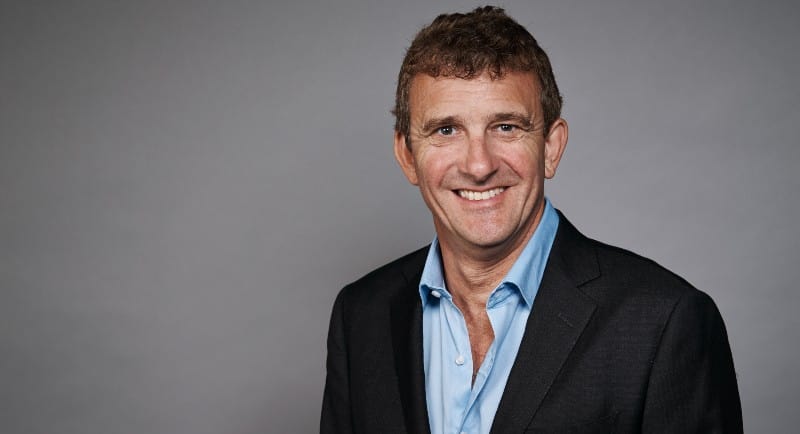
Simon Grace
Grace noted that the networks would need to continue to source and promote quality programming to stem the migration of audiences onto competitive digital platforms.
“I’m sure BVOD services will be utilised to get our client’s fix on these three big tentpole programs, but Q1 can only help set up a successful year, not deliver one,” he added.
Meanwhile, Reid said: “Each program is likely to attract varying core viewers from a demo POV.
“Building each program into a weekly buy will deliver immediate reach across broader buying demographics and is what most buyers should be considering unless, of course, the content does not align to brand values,” he added.
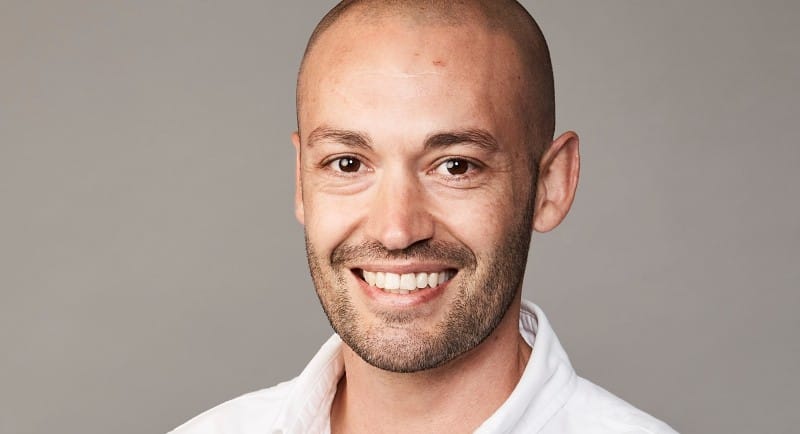
Simon Reid
Keeping the momentum going
Earlier, Wilkinson noted that the start of the ‘ratings season’ sets up each network for the year ahead. This first TV push also sets up the year ahead for media buyers.
Wilkinson pointed out that the year ahead is interesting “considering we’re now in a position of being lockdown free for 12 months.”
“There is no doubt that the landscape has changed compared to the last few years; audiences continue to fragment, the audience profile of linear TV continues to grow older, BVOD plays a much larger role, and our ability to analyse and plan cross-screen continues to improve,” he said.
According to Wilkinson, such factors, plus many more, are set to play a role in how advertisers and agencies interact with TV.
Wilkinson shared that he recently asked a senior TV sales executive what keeps them up at night. “Their answer was: ‘How to maintain engagement with viewers as audiences fragment.’ A huge challenge, no doubt,” he said.
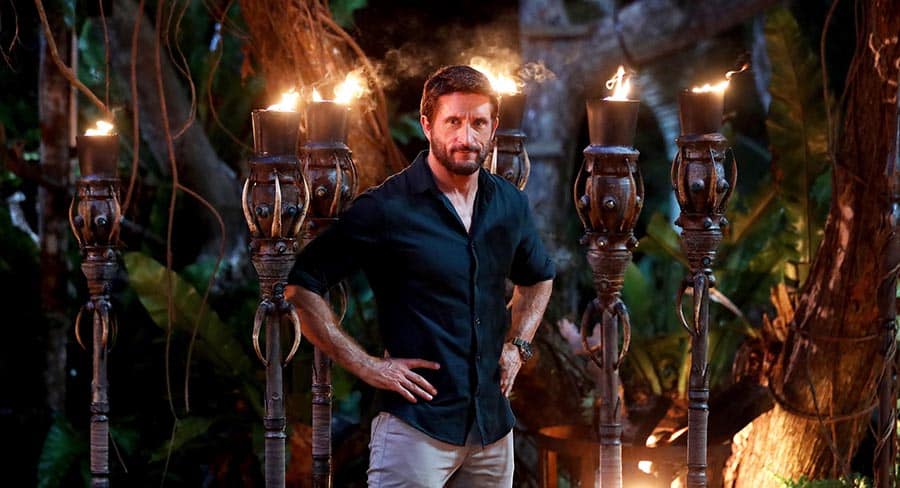
Australian Survivor host Jonathan LaPaglia
Cooper noted that the first overnight ratings result is no longer seen as a barometer for long-term success.
“With on-demand and catch-up TV being so widely consumed, the consolidated audiences are not known for at least a week,” he said.
“Coupled with networks spending significant marketing dollars to keep audiences interested in the tent pole programming and/or storylines, should ensure continued viewership across each series,” Cooper added.
For Grace, he said: “It’s the depth of programming and the ability of the networks to be agile and continue to deliver quality programming to the masses whilst the options for viewers continues to broaden that will determine if 2023 will be a success.”
Shaw concluded noted all the networks have strong slates scheduled for 2023 and that a combination of crowd favourites and new programming will keep the momentum moving forward.
“The question is whether or not this will be enough to prevent the ongoing decline in TV viewership. Personally, I think not, and that’s why a combination “screens” approach is essential when planning any visual element to a campaign,” Shaw added.
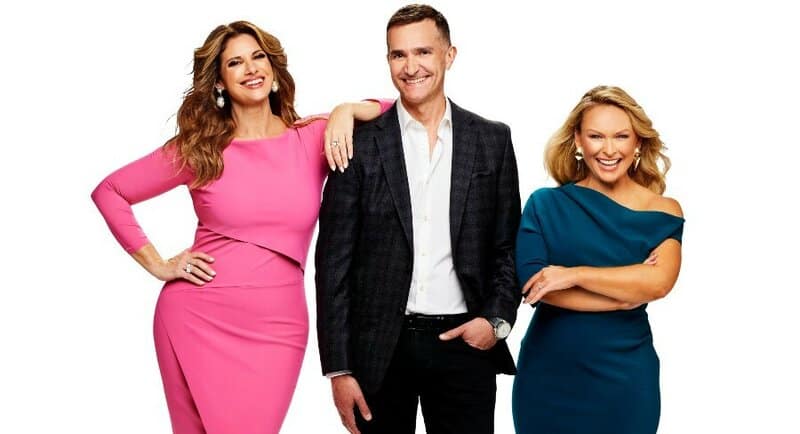
MAFS experts Alessandra Rampolla, John Aiken and Mel Schilling
–
Top image: Paul Wilkinson, Craig Cooper, Simon Grace, Rob Shaw and Simon Reid
